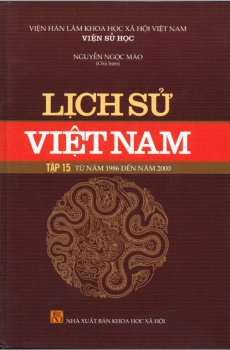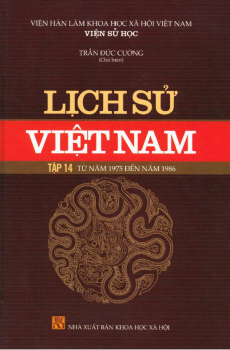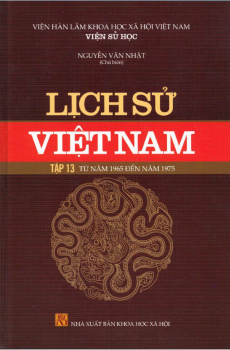The Red Man's Continent A Chronicle of Aboriginal America, Volume 1 In The Chronicles Of America Series
The Red Man's Continent A Chronicle of Aboriginal America, Volume 1 In The Chronicles Of America Series
Đăng nhập để đọc sách và tải về file pdf miễn phí
| Nhà xuất bản | unknown |
|---|---|
| Nhà xuất bản sách tiếp cận | Public domain |
| Năm xuất bản | 2009 |
| Coppy right | Chưa rõ |
*** START OF THIS PROJECT GUTENBERG EBOOK THE RED MAN'S CONTINENT ***
Produced by The James J. Kelly Library of St. Gregory's
University, Alev Akman, and David Widger
THE RED MAN'S CONTINENT
A CHRONICLE OF ABORIGINAL AMERICA
By Ellsworth Huntington
NEW HAVEN: YALE UNIVERSITY PRESS
TORONTO: GLASGOW, BROOK & CO.
LONDON: HUMPHREY MILFORD
OXFORD UNIVERSITY PRESS
1919
Contents
PREFACE
CHAPTER I. THE APPROACHES TO AMERICA CHAPTER II. THE FORM OF THE CONTINENT CHAPTER III. THE GEOGRAPHIC PROVINCES OF NORTH AMERICA CHAPTER IV. THE GARMENT OF VEGETATION CHAPTER V. THE RED MAN IN AMERICA BIBLIOGRAPHICAL NOTE
PREFACE
In writing this book the author has aimed first to present in readable form the main facts about the geographical environment of American history. Many important facts have been omitted or have been touched upon only lightly because they are generally familiar. On the other hand, special stress has been laid on certain broad phases of geography which are comparatively unfamiliar. One of these is the similarity of form between the Old World and the New, and between North and South America; another is the distribution of indigenous types of vegetation in North America; and a third is the relation of climate to health and energy. In addition to these subjects, the influence of geographical conditions upon the life of the primitive Indians has been emphasized. This factor is especially important because people without iron tools and beasts of burden, and without any cereal crops except corn, must respond to their environment very differently from civilized people of today. Limits of space and the desire to make this book readable have led to the omission of the detailed proof of some of the conclusions here set forth. The special student will recognize such cases and will not judge them until he has read the author's fuller statements elsewhere. The general reader, for whom this book is designed, will be thankful for the omission of such purely technical details.














